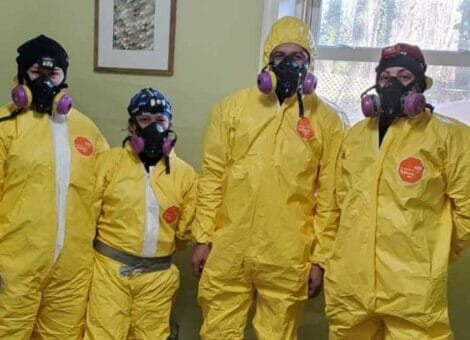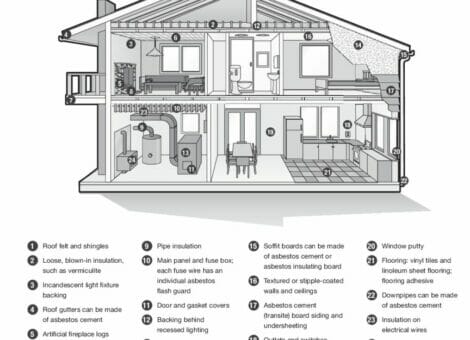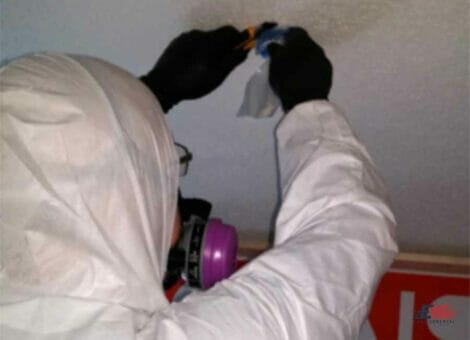
Five Myths About Asbestos IN GEORGIA!
Although asbestos usage has been controlled by government agencies since the 1970s, it may still be found in many U.S. ...
Read More >
Open 24/7
Call: 706-425-9374

Asbestos is one of those substances that almost everyone knows is harmful, but only a small percentage of people have really experienced the hazards of. Asbestos is known to exist, however identifying asbestos can be challenging. Identifying and managing asbestos in your house is important if you suspect it’s there.
Asbestos has long been appreciated in construction and industry for its characteristics as a robust, low-cost, fire-resistant building material. We now know that long-term asbestos exposure can cause illness, lung difficulties, and other long-term health concerns. Though it was more often utilized in homes built before 1970, asbestos-containing materials are being used in construction today.
It is virtually impossible to detect if anything has asbestos simply by looking at it, although some materials are more likely to contain asbestos than others. Begin your search for asbestos in your house with the following typical culprits:

Unfortunately, because there isn’t a list of all the brands or items that contain asbestos, it’s impossible to tell for certain whether or not these features in your house were produced with it. Damaged drywall, siding, shingles, or floor tiles, frayed piping or insulation, and corrugated cement roofing are red flags that may indicate asbestos contamination, but none of these indications is a guarantee that you have asbestos in your house.
The only way to know for sure if your property contains asbestos is to get it tested. It is critical that you NEVER test for asbestos on your own. Call us: (706) 206-3733.
If you are unsure if a particular area of your house has asbestos, the best course of action is to leave it alone until it can be tested, removed, or controlled. This also implies limiting activities in that part of your home.
Asbestos is not hazardous until the fibers are discharged into the air and breathed, therefore avoid disturbing locations where asbestos may be present. However, you should strive to keep an eye on that area of the house. Any structural damage can cause those fibers to be discharged, and prolonged exposure is more likely to create health problems. If you are going to do any remodeling of an area that may have asbestos in it, you should first have the contaminated materials removed by a professional asbestos removal service.
Asbestos-containing materials, if intact and in excellent condition, are unlikely to pose a harm to you or your family. However, it is impossible to guarantee that intact asbestos remains intact. Asbestos may be released into the air by fires, floods, and earthquakes, as well as remodeling efforts and natural wear and tear. It is extremely critical to test your house for asbestos if you live in:
There is no disputing that having asbestos in your house poses a variety of health risks. If you do decide to have asbestos testing done, you should do it through a professional—taking samples yourself can be far more hazardous than having the substance around.
Asbestos identification is a difficult task. Just as an inexperienced individual should not attempt to wrangle a bear in the wild, householders are better off trusting a professional to handle any asbestos concerns. If you believe your house has asbestos, calm down, take a step back, and contact Asbestos Project Management.
For more information, contact: Environmental Services Of America
Sources:

Although asbestos usage has been controlled by government agencies since the 1970s, it may still be found in many U.S. ...
Read More >

5 keys to determine if asbestos in home Asbestos is one of those substances that almost everyone knows is harmful, ...
Read More >

At Es America, we frequently encounter clients who are perplexed and upset by the various information they receive from inspection ...
Read More >